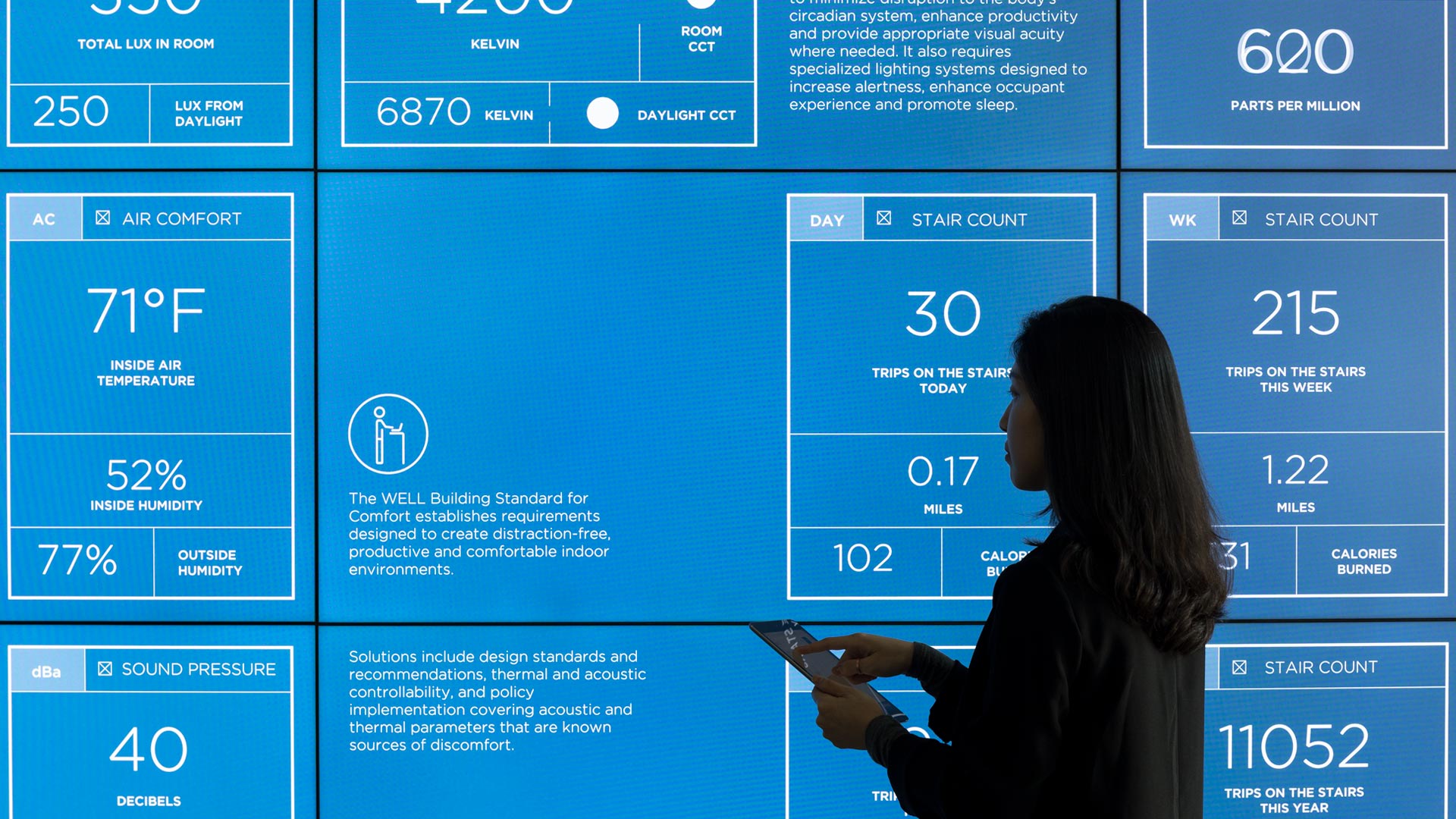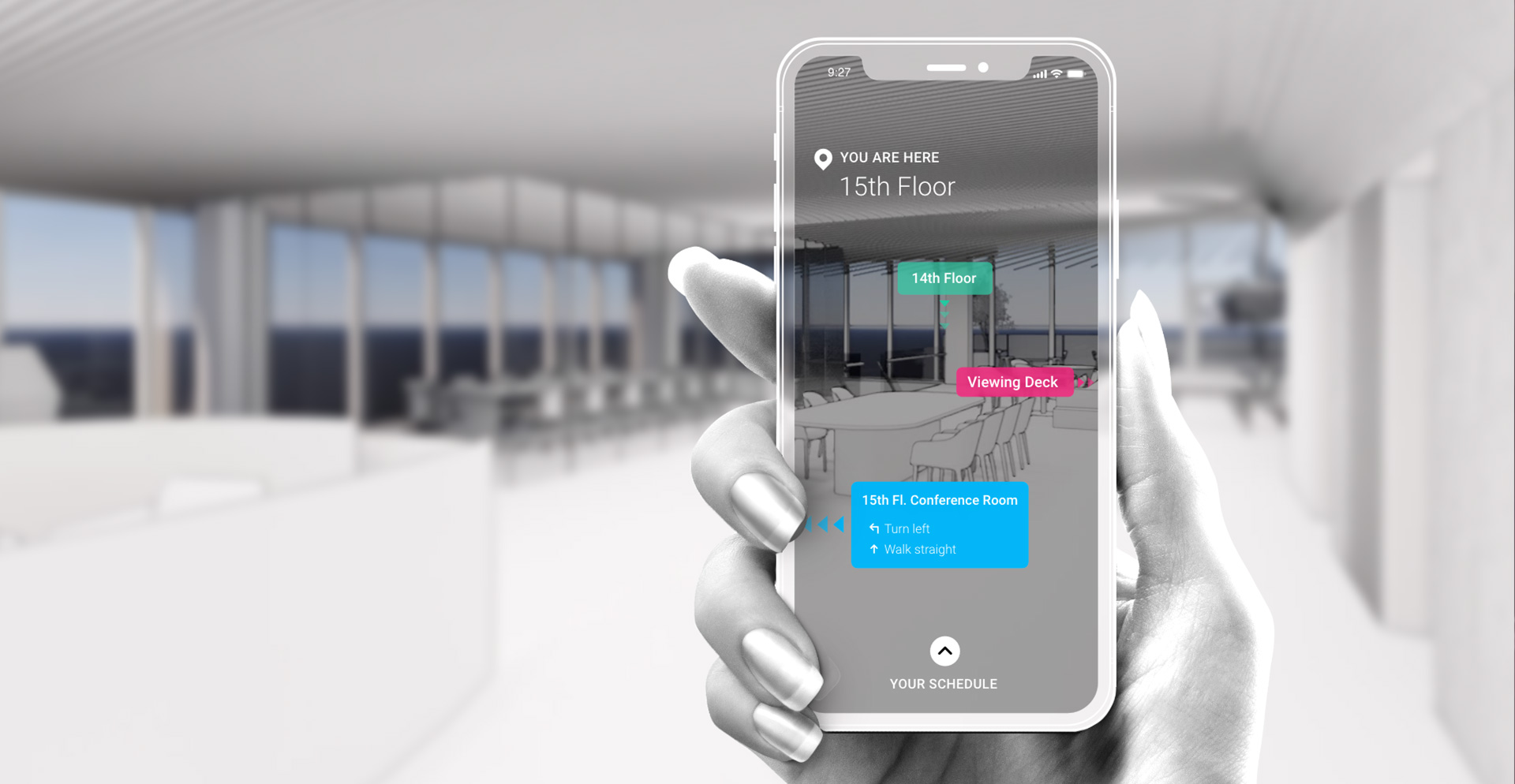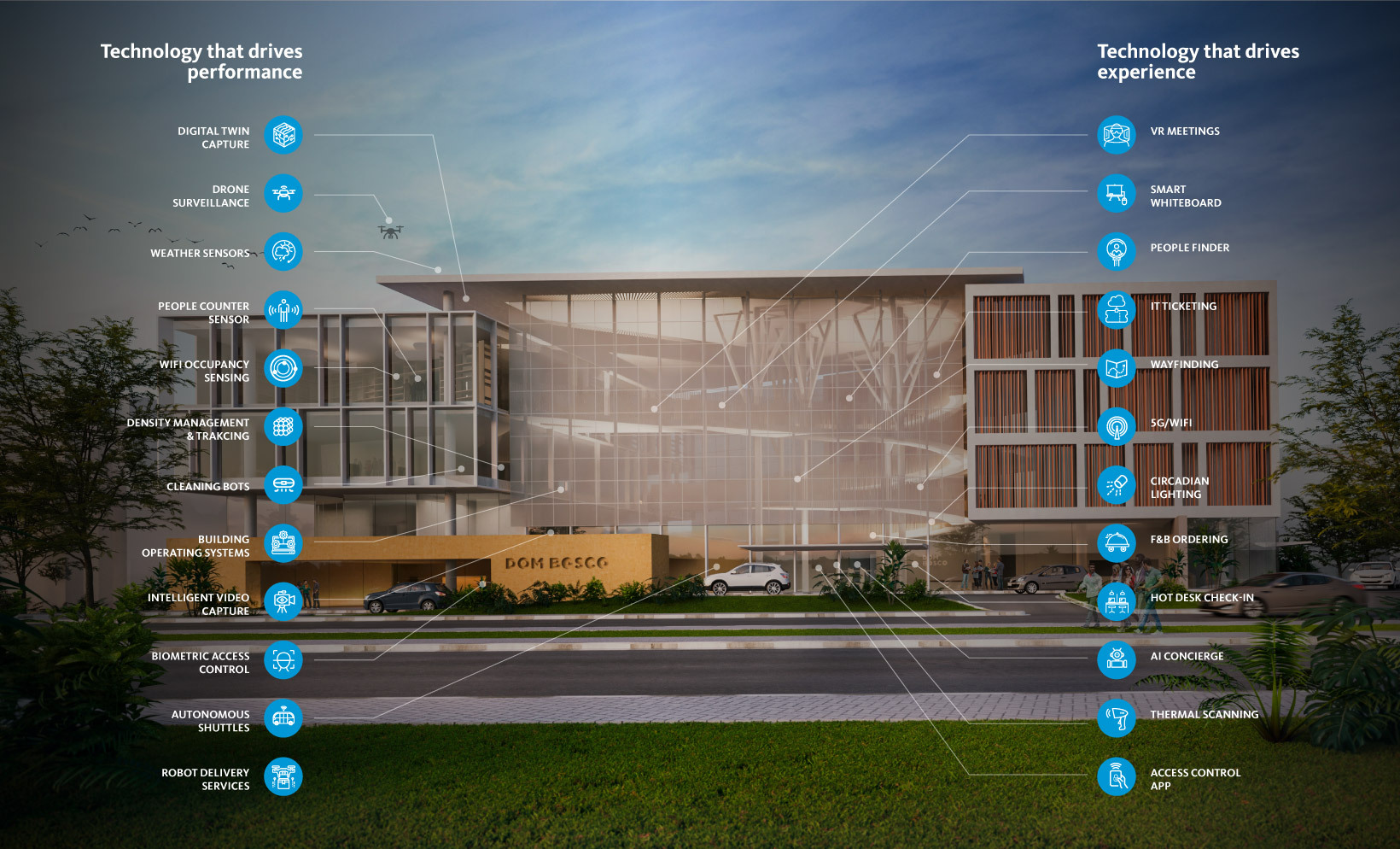Adapting with the speed of technology.
Technology is dynamic. Its features and applications are always evolving. By continuing to measure how people interact with space, with technology, and with one another, we can identify new ways for optimizing physical spaces — thereby creating perpetual differentiation for employers. Future workplaces will offer experimental spaces that integrate sensing, spatial analytics, and adaptive design to encourage faster learning and testing. The benefits of such ‘Living Labs’ are abundant. Quantitative and qualitative tracking studies can capture changes in culture, workplace dynamics, or ways of working for proactive versus reactive solutions. Prototyping and experimentation can enable agile learning on a smaller scale with low risk to determine if a broader rollout is worth the investment and benefits. Building ways to stay ahead of technology needs can decrease time to implementation while encouraging a culture of workplace innovation.





